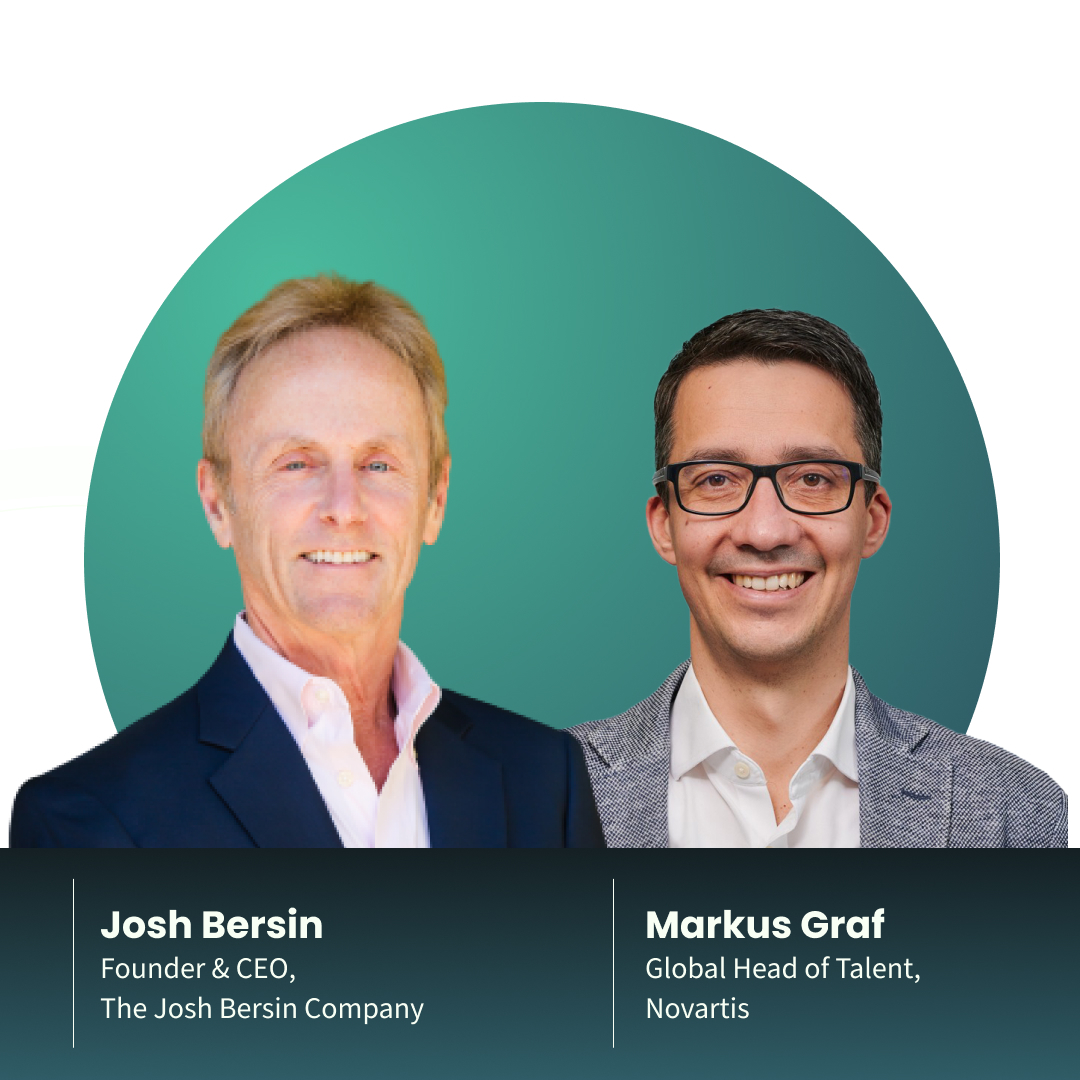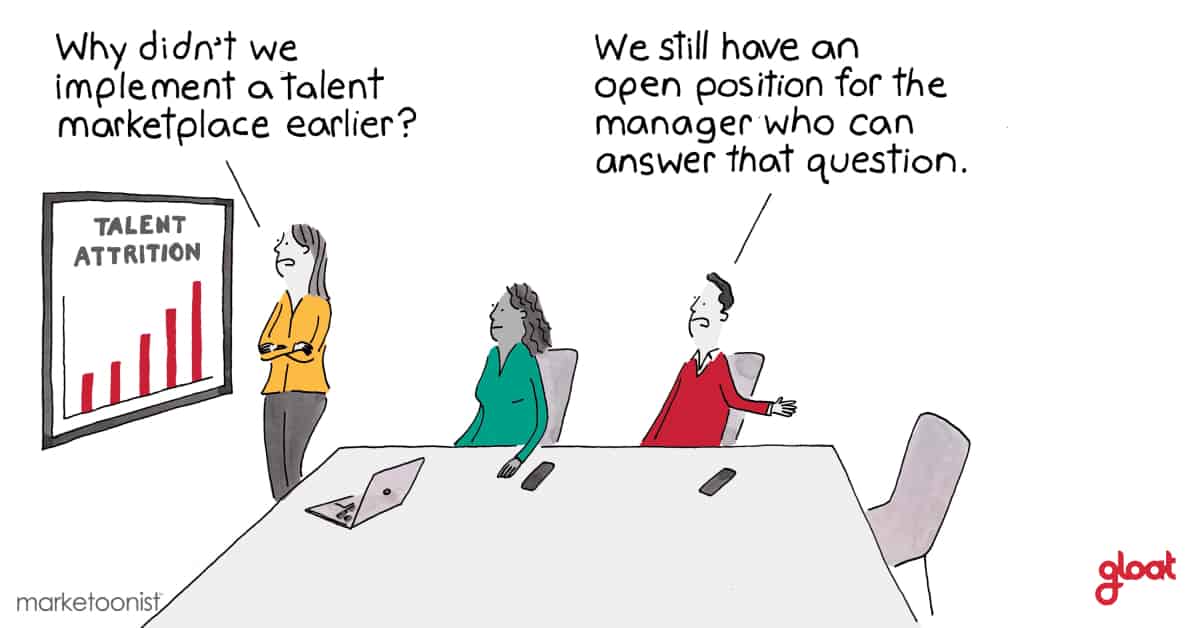Using AI for skills intelligence
How to level up workforce planning by harnessing AI innovations

Skill shortages have officially reached crisis levels, with two-thirds of executives acknowledging that they don’t have the capabilities needed to execute strategic priorities. As a result of this scarcity, Korn Ferry predicts that by 2030, global talent shortages may reach 8.5 trillion in unrealized annual revenues.
To prevent these devastating business impacts, leaders are now looking to a new generation of AI-powered tools for skills intelligence. These systems deliver strategic insights that will help executives make talent management decisions to set their organizations up for long-term success.
While skills intelligence tools have the potential to transform workforce planning, there’s still a lot of uncertainty about how these systems work and their ability to upgrade traditional talent management tactics.
Skills intelligence, explained
Our working world is moving faster than ever before. The pace of digital innovation is accelerating, economic volatility is omnipresent, and consumer demands are evolving quickly. To keep pace with such rapid changes, business leaders need access to data that will help them make strategic decisions about the skills their workforce needs to build and how talent should be reallocated. Insights about workforce skills, potential knowledge gaps, and talent management are known as skills intelligence.
Traditionally, skills intelligence insights have been hard to come by because most information has been siloed into a few different HR systems. To make matters worse, most skills taxonomies were also outdated, leading to skill-building strategies that may not address the actual needs of the organization.
AI’s role in skills intelligence
Rather than settling for an incomplete or outdated view of workforce skills, leaders are turning to AI-powered skills intelligence tools like Gloat’s Skills Foundation to gain visibility into their people’s capabilities. These systems are updated in real-time and pull from company data sources and market data to capture the full range of knowledge and experience everyone brings to the table.
The best skills intelligence tools also include job architecture management consoles, which allow leaders to maintain a blueprint of roles as they evolve and evolve their job structures with suggested skills aligned to future demands. They also include an inventory of skills so leaders can gain insight into skills at the employee level to identify where skills sit and how to retain and deploy critical capabilities.
AI-powered action platforms like the talent marketplace can then connect employees to learning opportunities such as mentorships and project work so that they can start building the skills their organization will need to thrive in the future.
How AI equips leaders with next-level skills intelligence
Here are some examples of how AI is being used to help leaders level up their skills intelligence:
#1. Enabling data-driven workforce operations
Every element of your business should be data-driven by default—and talent management is no exception. Skills intelligence builds a reliable data source on your workforce to inform strategic planning and decisions. It harmonizes data across your organization to create a unified view. This is then augmented with powerful market insights to ensure you have a clear perspective on your workforce. Understand where your gaps are to inform headcount planning and investments, keep a pulse on emerging market trends, and plan to reskill and redeploy talent in functional areas on the decline.
#2. Build a unique blueprint for every role
AI-powered skills intelligence not only gives leaders insight into the skills currently required, it also forecasts what will be required for the future. As roles and skills change, skills intelligence can capture these insights, and provide a tailored view of how jobs are changing in your industry, in your organization, and across the market. This gives your business the foundation to effectively source and cultivate the right skills, and craft learning and development pathways to help their people bridge any impending knowledge gaps.
#3. Skills-based talent marketplaces
AI-powered talent marketplaces are designed to align employees to open opportunities within your business based on the skills they have and the capabilities they wish to hone. When leaders connect an AI-powered talent marketplace with their skills infrastructure, they can effectively put plans into action. They can tackle insights to redeploy talent, build upskilling accelerators, and provide employees transparency on the skills prioritized for the future to inform their development.
How can AI-powered skills intelligence benefit organizations?
There are 3 main benefits associated with using skills intelligence tools, including:
#1. Unlock agility
When organizations use skills intelligence tools, leaders gain insight into the skills people need to hone to keep pace with shifting demands and the accelerated pace of digital innovation. Executives can then align workers to projects based on their competencies—rather than job titles—in turn, fueling their shift towards becoming a skill-based organization, which is better equipped to pivot and react to challenges in record time.
#2. Improved efficiency
Companies that use AI-powered skills intelligence tools tend to be more productive because employees are encouraged to contribute to an array of projects and tasks, regardless of what functional area or team owns them.
As a result of this shift in perspective, these companies are 49% more likely to maximize efficiency when compared to their competitors who rely on job-dominant workforce planning tactics. With the help of skills intelligence tools, hiring managers and leaders can gain insight into the skills their people have and identify employees whose capabilities will make them a perfect fit for an open opportunity.
#3. Minimize hiring costs
When companies make hiring decisions based on the skills their people possess and the capabilities they need, it prevents them from hiring for skill sets they already have.
By harnessing skills intelligence tools, leaders can identify employees who have transferable skills that will make them a good fit for a project or role, even if this opportunity lies outside of their domain. Rather than relying on external hiring to bridge knowledge gaps, workforces equipped with skills intelligence can look within their organizations and excel at reallocating talent to respond to shifting needs.
What key features do AI-powered skills intelligence tools have?
The most effective AI-powered skills intelligence tools tend to have the following features:
#1. Job architecture management
Even skills-based organizations need frameworks to understand how roles are structured and a skills-based view of what each position means. A job architecture management console helps identify which skills employees will need to possess and where their requirements for various roles may be outdated so they can begin upskilling or reskilling accordingly.
#2. Skills profiles
A skills profile is a singular view that captures all of an individual’s skills, abilities, and experiences. It might include a summary of an employee’s experiences as well as certifications. The purpose of a skills profile is to provide a comprehensive overview of an employee’s qualifications, enabling leaders to search for critical skills and gain a roster of qualified talent across the company. As executives begin restructuring jobs or considering ways to move talent from outdated jobs to high-priority roles, skills profiles provide a skills-based view of how to build a deployment plan.
#3. Skills benchmarking
In our competitive talent landscape, skill and job benchmarking help executives understand the market value of a job and identify whether a capability is on the rise or on the decline. Some systems even provide insights into how the competition is positioning their roles so businesses can pivot ahead of the curve and make informed L&D decisions to prioritize skill development effectively.
To learn more about how leading companies are harnessing AI-powered skills intelligence tools to embrace more dynamic ways of working, check out this conversation with The Josh Bersin Company and Markus Graf, VP of HR at Novartis.





